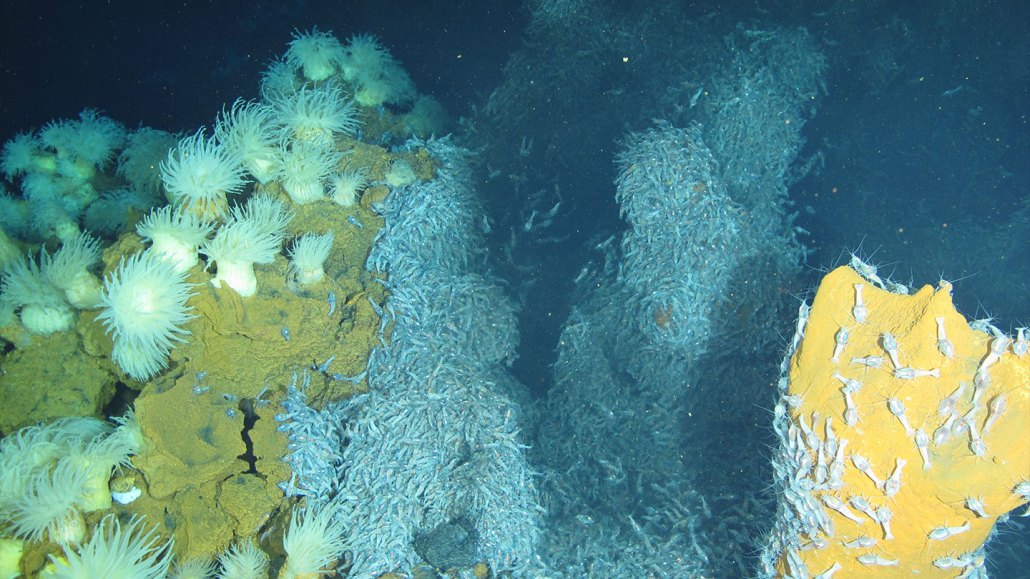
The sea anemone Alvinactis idsseensis, pictured thriving in the harsh environment of the Indian Ocean's Edmond vent field, has evolved an expanded arsenal of genes that protect it from toxic heavy metals.
IDSSE Deep-Sea Scientific Research Image and Video Database